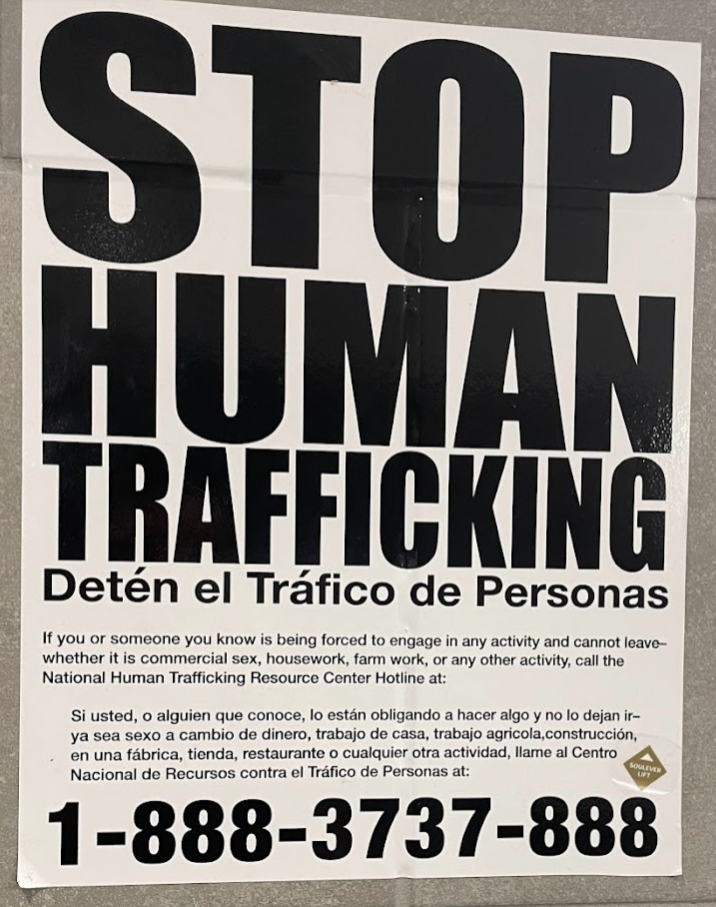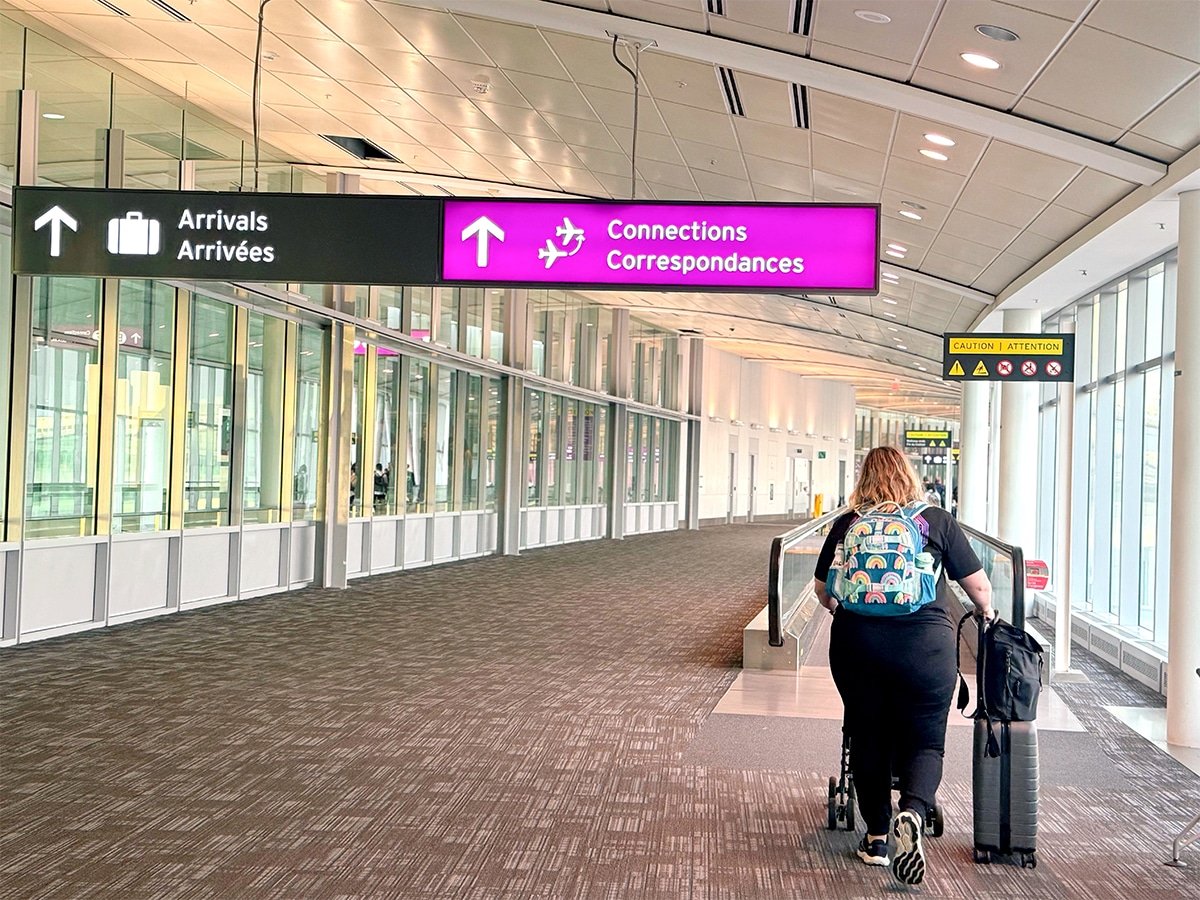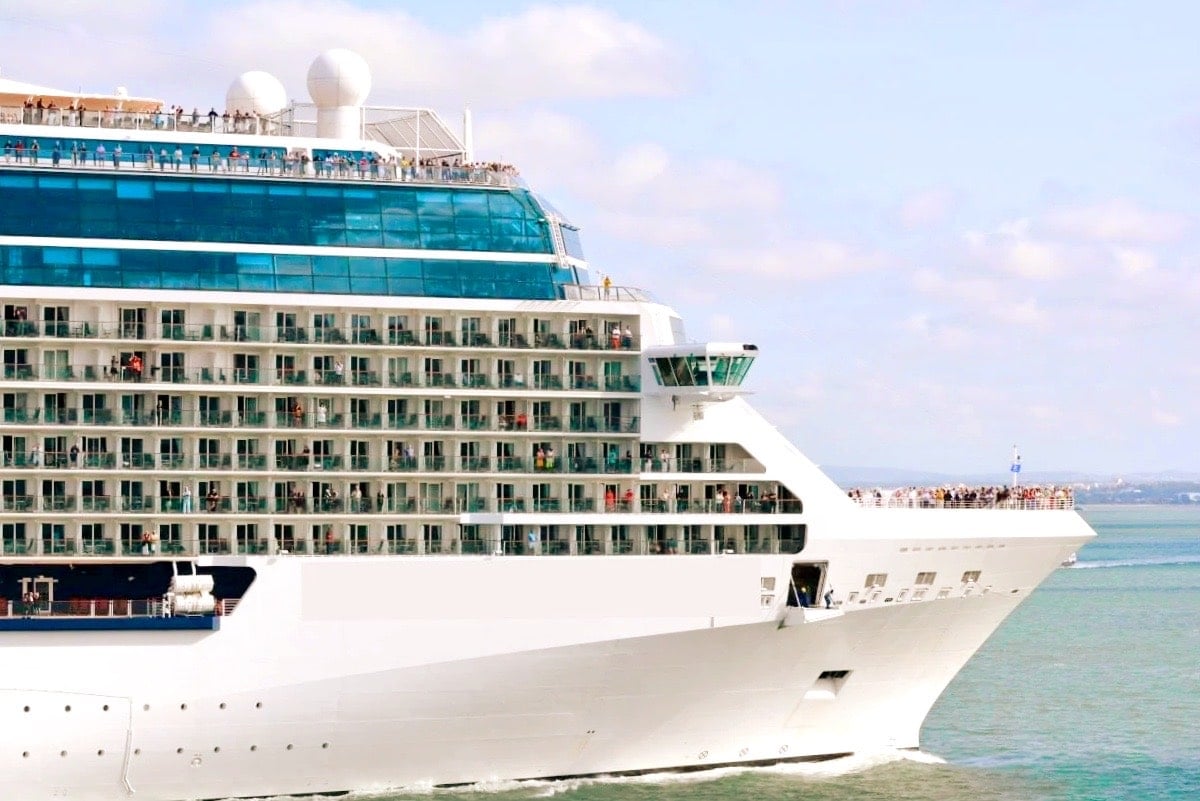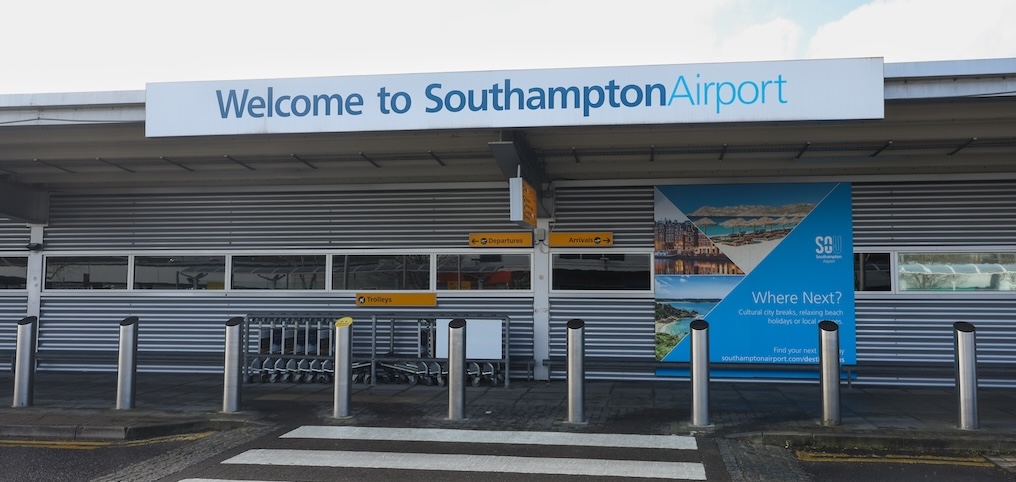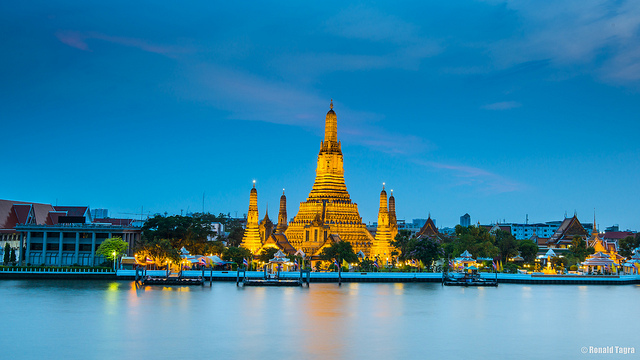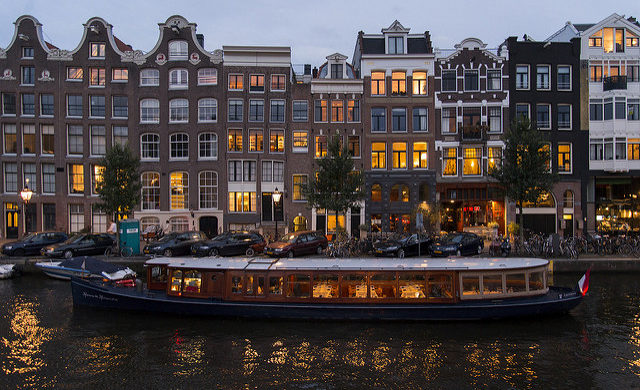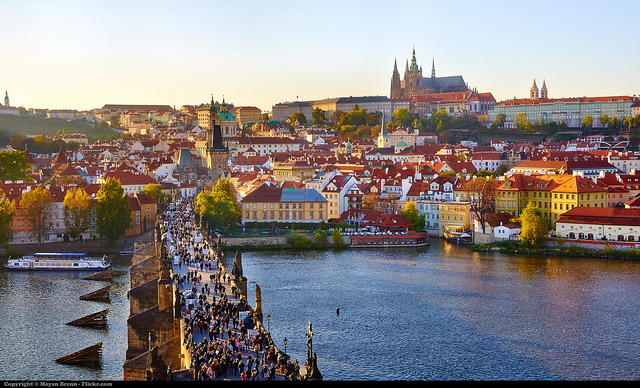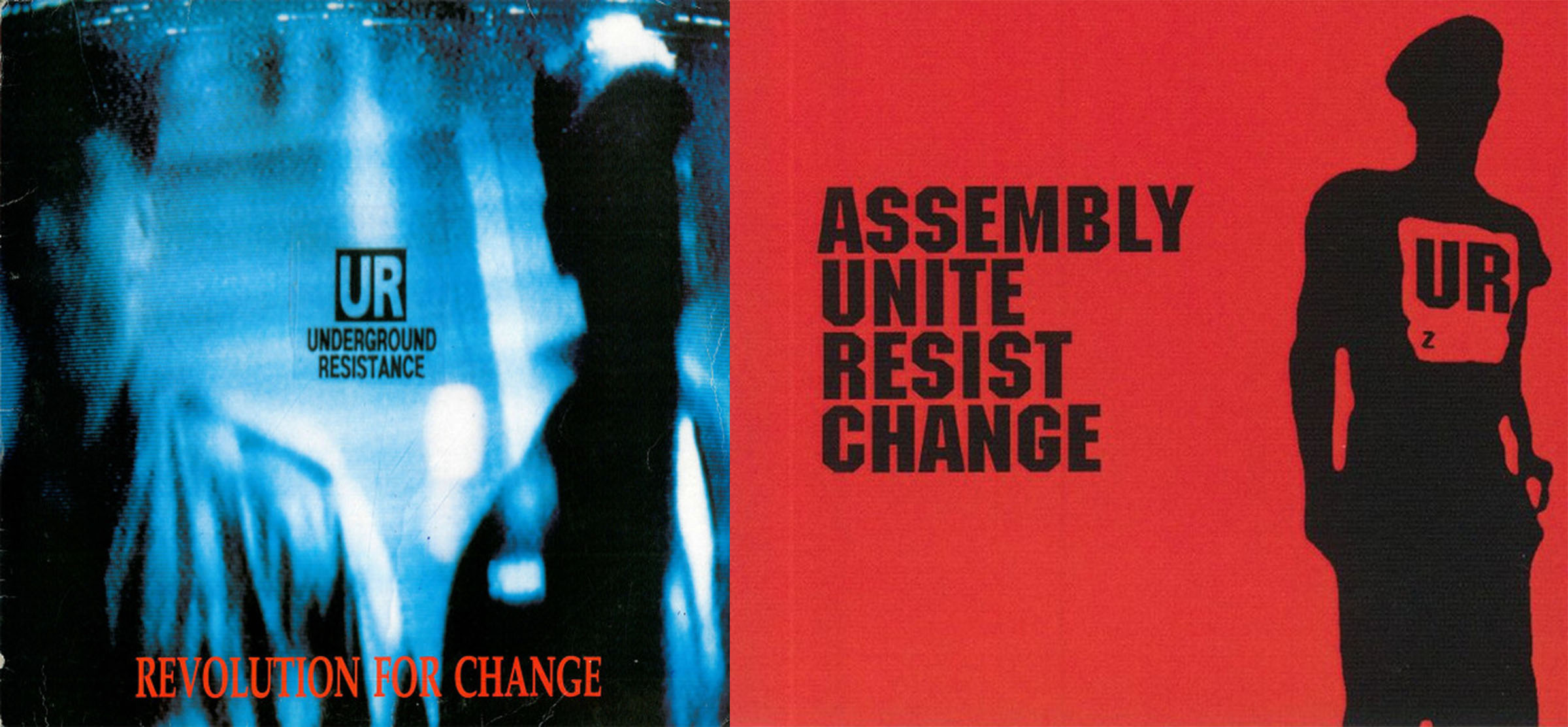Is there a way around overtourism?
The post Is there a way around overtourism? appeared first on TD (Travel Daily Media) Travel Daily Media. With the advent of revenge travel from mid-2022 onwards, numerous countries are feeling the impact of overtourism in various areas, and The post Is there a way around overtourism? appeared first on Travel Daily Media.

The post Is there a way around overtourism? appeared first on TD (Travel Daily Media) Travel Daily Media.

With the advent of revenge travel from mid-2022 onwards, numerous countries are feeling the impact of overtourism in various areas, and its effects have been adverse, especially for locals.
We have heard the complaints: first in European nations like Greece and Spain, then in Asia’s most prominent areas like Japan, Singapore, Thailand, and particularly Bali in Indonesia.
Locals have pointedly declared that their way of life has been compromised by the mass influx of foreign arrivals (or even locals from other parts of the country) into their territory, leading to an increase in prices, a need to tighten security regulations, and even issues regarding infrastructure and transportation.
This begs the question: just how bad has overtourism become on a global scale, and is there a way by which its adverse effects could be diminished?
What exactly is overtourism?
The term itself is just over two decades old, and it was originally coined by Australian-American journalist Freya Petersen in 2001.
At the time, Petersen was angered by the way tourism development and related governance issues made life harder for locals in the Italian city of Pompeii.
At first, Petersen’s lament was criticised as doom-mongering or a form of anti-tourism action; however, when it became apparent that Pompeii authorities were investing more into measures specifically for tourists rather than initiatives that could make life better for their citizens, overtourism began to be seen as a critical issue affecting numerous aspects of daily life.
Today, the World Economic Forum defines overtourism as any issues resulting from tourist demand that exceed the carrying capacity of host communities in a destination.
In a 2023 feature for the WEF, academics Joseph Martin Cheer and Marina Novelli remarked: “Too often, the tourism supply chain stimulates demand, giving little thought to the capacity of destinations and the ripple effects on the well-being of local communities.”
The crush of numbers
In February 2020, just before the pandemic hit, the UN World Tourism Organisation (UN Tourism) projected that the global flow of travellers per annum will hit around two billion by the end of the current decade.
Indeed, the world is getting uncomfortably close to the figure as several agencies report that the number of tourists trekking through the world per year now stands at 1.4 billion travellers.
The massive crush of crowds has been detrimental to numerous locations, particularly in protected areas like Venice, Italy and the rainforests of Southeast Asia and South America whose precarious ecological balance is being compromised by tourists coming in droves without any concern for the rubbish or damage they may leave behind.
Likewise, the rise in cultural and experiential tourism over the past decade has led to more tourists flocking to the Northern Philippines where westerners seek out the indigenous tattoo artist Whang-Od; Japan where tourists flock to temples or special-interest areas like Nagasaki, Hiroshima, and various districts in Tokyo; spas and wellness retreats in Bali; and even Rome in recent weeks thanks to the passing of one Pope and the election of another.
What form has the adverse impact of overtourism taken?
However, much as locals would like to offer travellers a glimpse or taste of their culture, many worry that the presence of strangers will bring more harm than good.
Consider the following circumstances:
- Venice continues to sink as, despite warnings from authorities, more than 20 million tourists make their way to the floating city;
- Cultural treasures in the Middle East, Europe, and Asia have been defaced by overenthusiastic tourists who wanted to “put their stamp” on key locations;
- The significant increase in the price of food, transportation, and other necessities driven by tourist spending in certain countries;
- The solemnity of pilgrimage sites is often disturbed, even desecrated for tourists who are there “for the likes” as opposed to faith;
- The ecological toll on both biological environments and heritage sites due to exhaled carbon dioxide, the carbon monoxide of tour buses, and litter tossed indiscriminately by many tourists; and
- The need to bolster local security as rowdy tourist behaviour has come to compromise public safety, particularly in areas like Bali and Bangkok.
Is anyone doing anything about it?
The industry-specific advocacy Responsible Tourism Partnership conducted numerous studies regarding overtourism, as well as the solutions implemented by various nations in order to combat its less savoury effects.
They noted that the following strategies have been most effective:
Identifying emerging issues for acceptable change
Tourism boards need to identify key indicators for specific destinations in order to identify the emerging issues so that they can be addressed properly. These may include the growth of unlicensed tourist accommodation and change of use for the housing stock, changing retail offer, rising local housing costs, litter, trampling, and overcrowding.
Put the local people first
Locals ought to be the first to enjoy and appreciate the attractions of particular destinations. In order to ensure that they get their time, authorities need to schedule specific dates on which only local citizens may enter certain attractions. Also, they may opt not to charge admission fees for those with proof of local residence or charge very minimal fees.
Offer temporary residency for longer-staying tourists
Changing the nature of tourism and the visitor experience by managing the destination to attract visitors as temporary residents. This strategy can change the dynamics of tourism and the host-guest relationship.
Impose tourist-specific taxes
While this measure remains controversial, those currently in place have been too low to spook tourists from coming into certain areas. Nevertheless, these have enabled local authorities to raise money to fund the management of tourism, to repair damage to infrastructure and vegetation, and pay for the removal of rubbish.
Interestingly, those at Responsible Tourism are of the opinion that it is not unreasonable to ask overnight tourists and day visitors to contribute to the maintenance of the destinations they visit and whose facilities they use.
Also, perhaps the best way by which to combat overtourism is to get your own people involved, as allowing them to take ownership of a destination that is, after all, part of their heritage, will enable them to do what it takes to preserve its integrity and beauty for generations to come.
The post Is there a way around overtourism? appeared first on Travel Daily Media.






















































![Don’t Look Back [short story]](https://jonathanrosenbaum.net/wp-content/uploads/2011/11/friedrich-mountain-landscape1-300x232.jpg)

![Ideal Women [THE FAMINE WITHIN]](http://www.jonathanrosenbaum.net/wp-content/uploads/2014/03/TheFamineWitin-ad.jpg)
![Bravery in Hiding [on LUMIÈRE D’ÉTÉ and LE CIEL EST À VOUS]](http://www.jonathanrosenbaum.net/wp-content/uploads/2016/04/lumieredete3-300x168.jpg)























































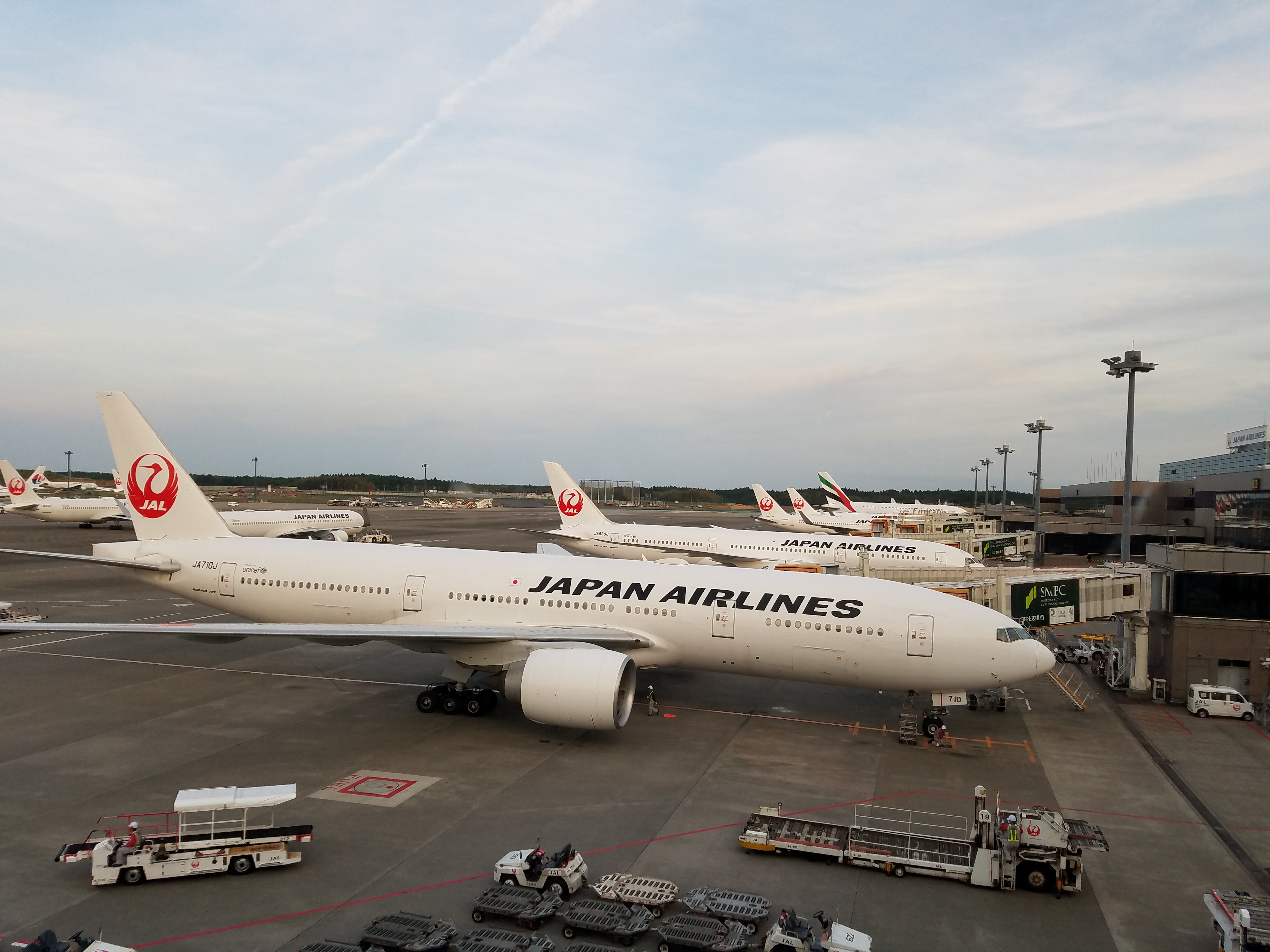
![Bitten By Bed Bugs At Luxor—Rushed To Hospital, All They Did Was Waive Her Resort Fee. Now She’s Suing [Roundup]](https://viewfromthewing.com/wp-content/uploads/2025/05/luxor.jpg?#)
















